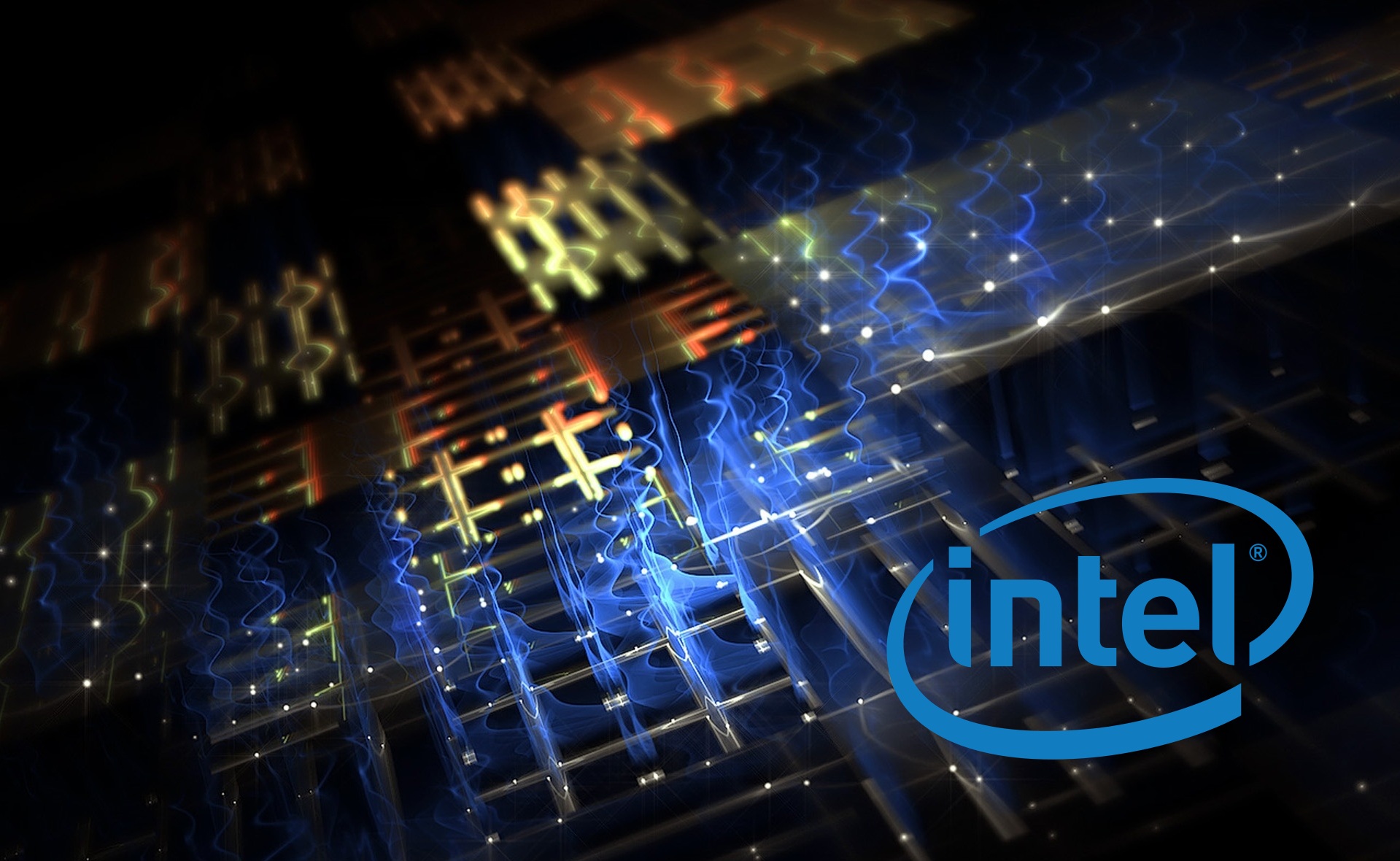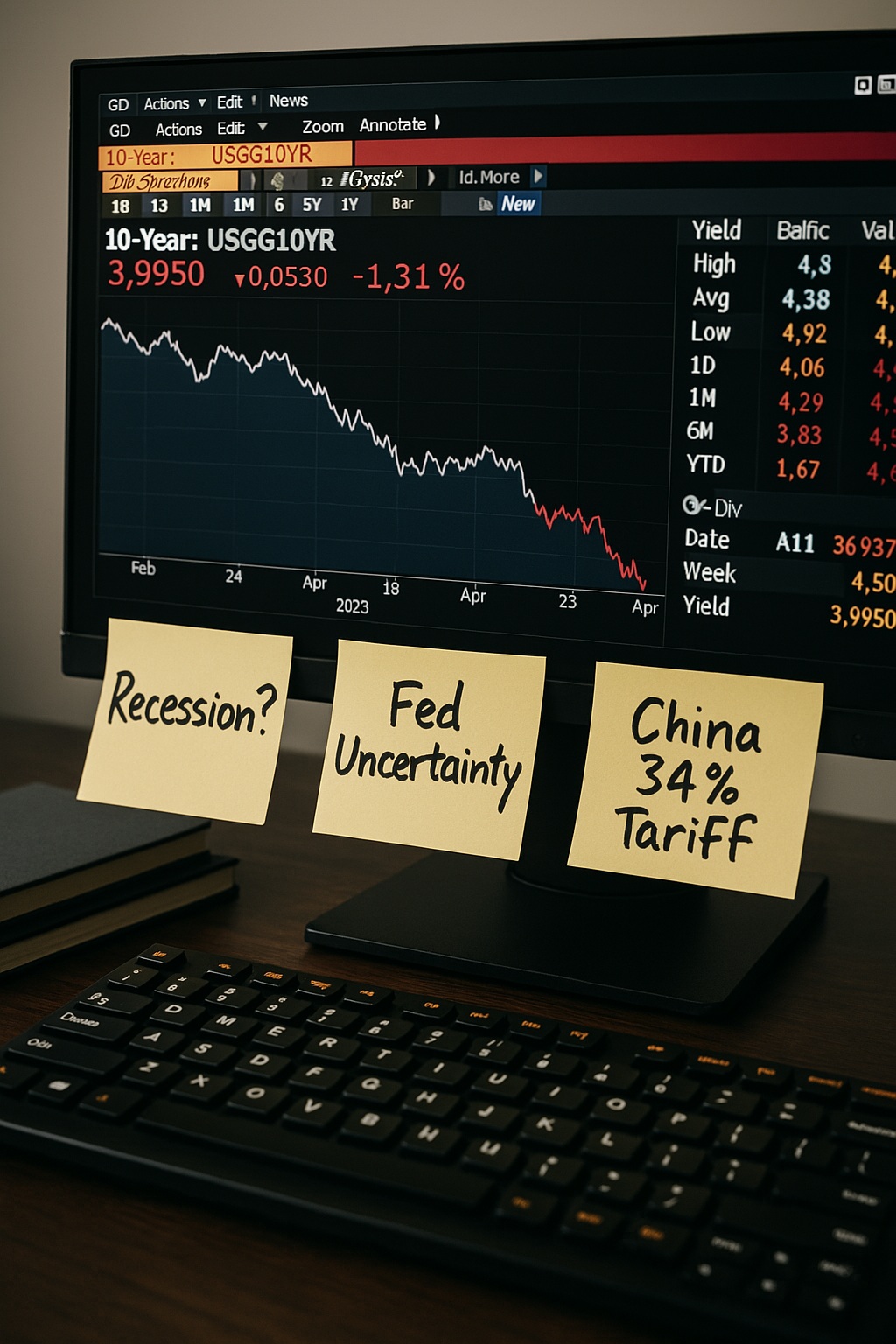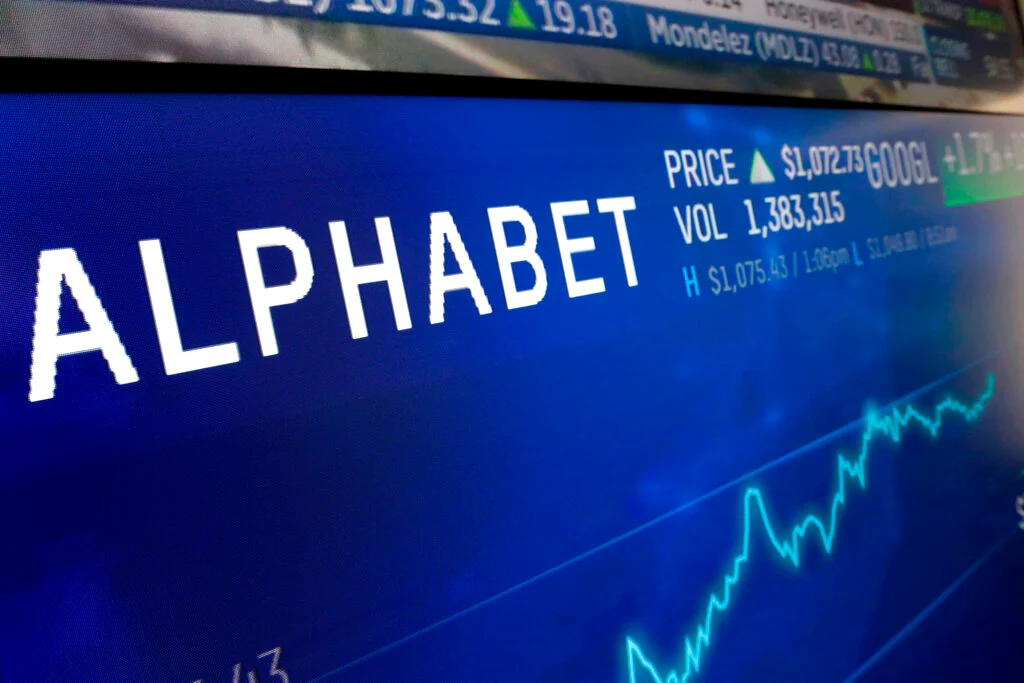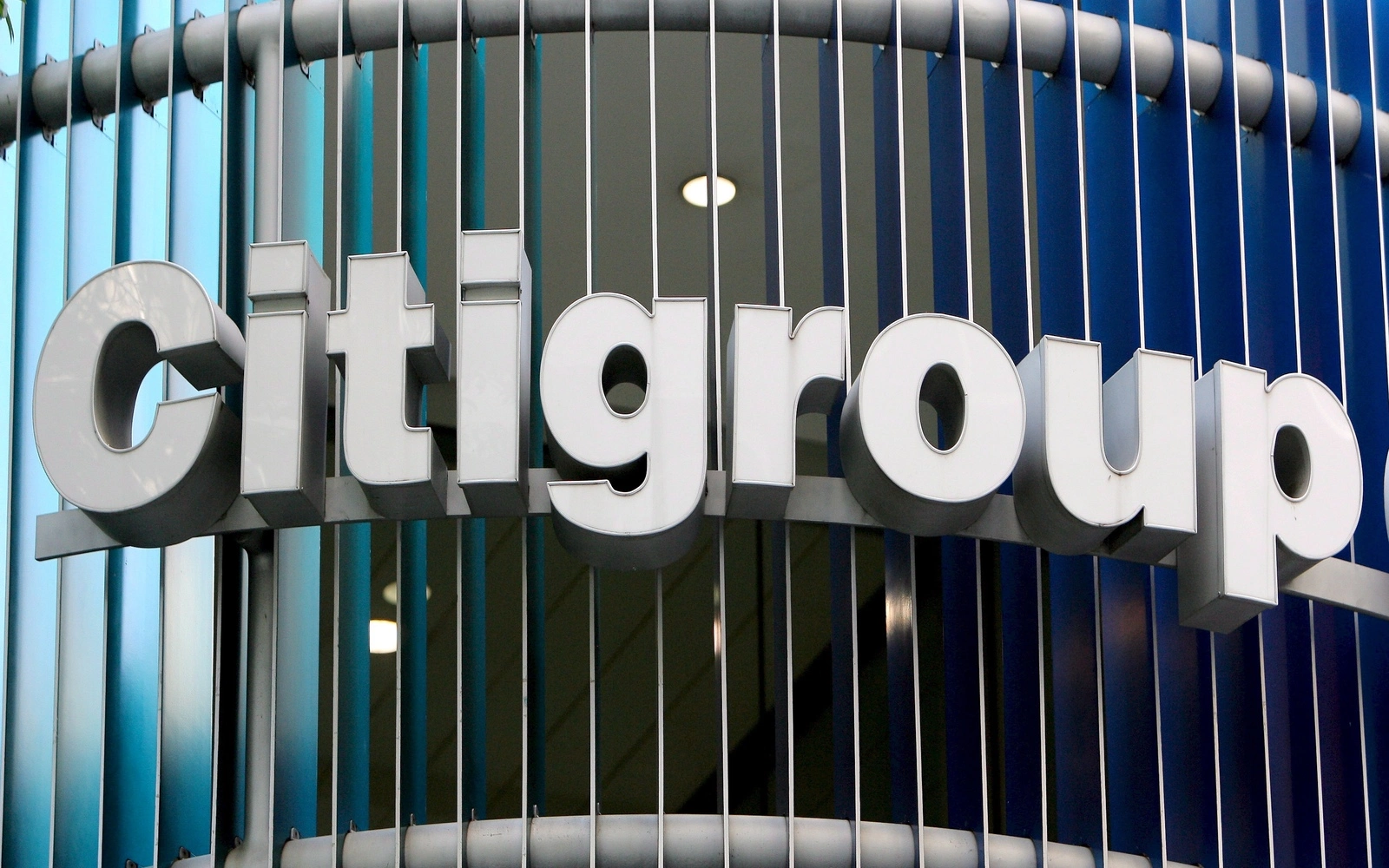Intel just made a bold move. On March 12, the tech giant announced that semiconductor industry veteran Lip-Bu Tan would step in as CEO, effective March 18, 2025. The market didn’t hesitate—Intel’s stock jumped more than 11% on the news.
This appointment isn’t just another executive shuffle. It’s a critical moment for a company that has lost over 50% of its stock value in the past year alone. Investors are watching closely. Can Tan stabilize Intel and bring it back to its former glory?
A Leadership Shift Intel Desperately Needed
Intel’s leadership has been a revolving door. Tan will be the fourth permanent CEO in just seven years. The company has struggled with competitive pressure, manufacturing setbacks, and strategic missteps.
The previous CEO, Pat Gelsinger, stepped down in December 2024, leading to an interim co-CEO arrangement with David Zinsner and Michelle Johnston Holthaus. Now, with Tan at the helm, Intel hopes for a more stable and effective leadership strategy.
Zinsner will remain as EVP and CFO, while Holthaus will continue as CEO of Intel Products. Meanwhile, Frank D. Yeary, who served as interim executive chair during the CEO search, will return to his independent chair role.
Who Is Lip-Bu Tan?
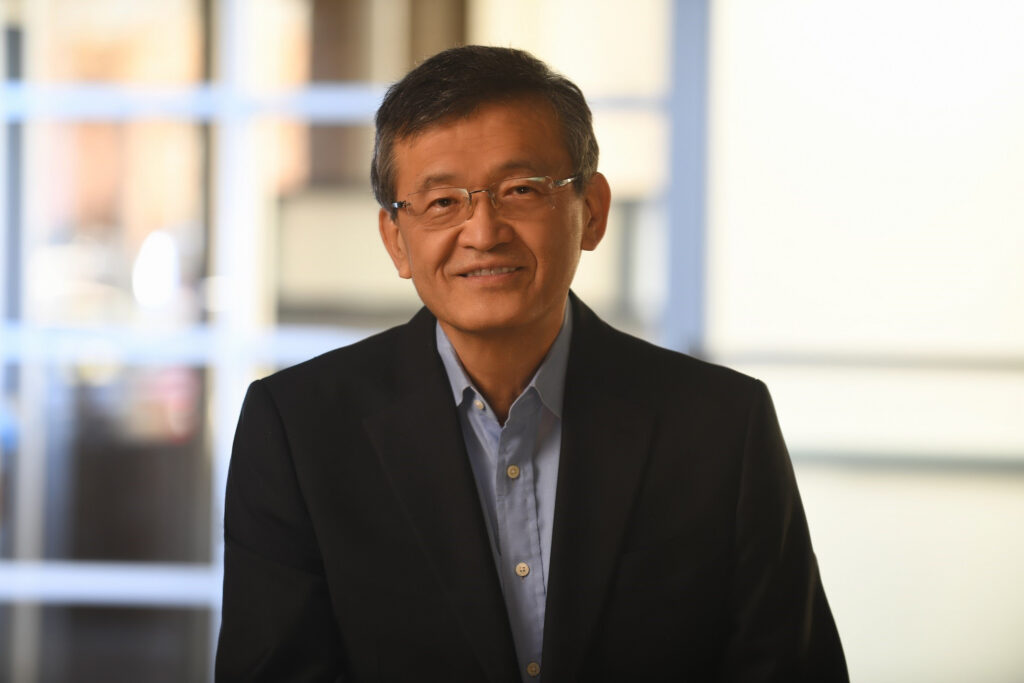
If there’s one thing Tan knows, it’s the semiconductor industry. He was CEO of Cadence Design Systems from 2009 to 2021, where he orchestrated a stunning turnaround—more than doubling revenue and driving a staggering 3,200% stock price increase.
His leadership isn’t just about financial growth. He’s deeply connected in the semiconductor world, having served on Cadence’s board for nearly two decades. Interestingly, he was also on Intel’s board but stepped down in August 2024—only to return months later as CEO.
Why Investors Are Excited
Markets don’t lie. The 11% stock surge after the announcement signals investor optimism. In after-hours trading, the stock even spiked by over 13%.
Intel’s recent struggles have made it a tough sell for investors. Its stock was trading at just $20.67 before Tan’s appointment, down from much higher levels in previous years. With a negative price-to-earnings ratio and recent losses of over $4 per share, Intel needed a major shift in leadership.
Tan’s track record suggests he could be the one to lead that turnaround. His experience at Cadence gives him a unique understanding of Intel’s business, especially in semiconductor design and manufacturing.
The Road Ahead
Intel has a lot to prove. Its process technology roadmap needs a major boost, and its foundry strategy must evolve to stay competitive with AMD, Nvidia, and global chip manufacturers.
Tan’s focus will likely be on stabilizing financial performance while ensuring Intel doesn’t fall further behind in chip technology. His past success in expanding operating margins suggests he’ll bring a disciplined financial approach—something Intel desperately needs.
Can He Deliver?
The semiconductor industry will be watching closely. If Tan can leverage Intel’s strengths—its massive installed customer base, robust manufacturing footprint, and long history in computing—he has a shot at turning things around.
But execution will be everything. Intel’s leadership shake-ups have eroded confidence. Now, all eyes are on March 18, when Tan officially takes charge. Will he be the catalyst Intel needs, or just another chapter in its ongoing struggles?
